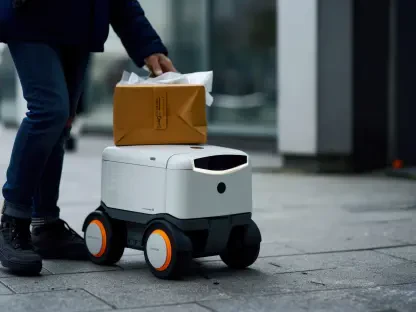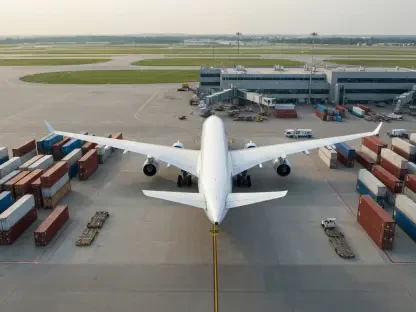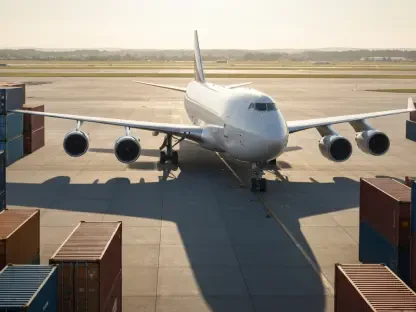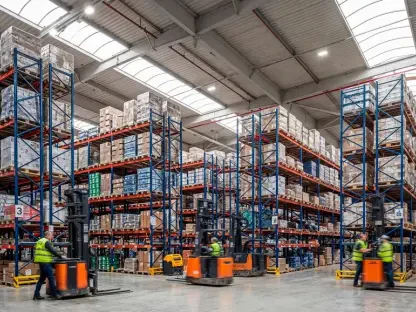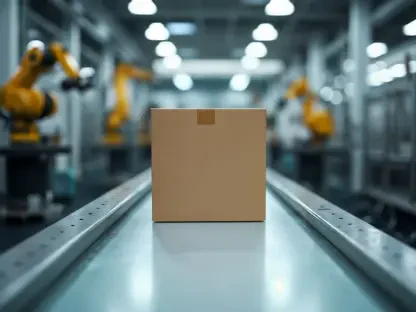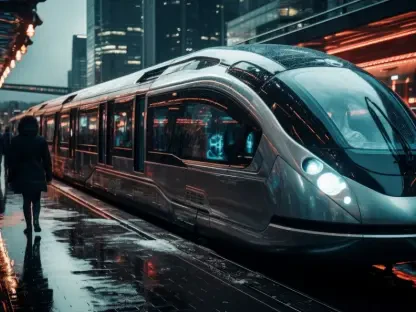Picture a freight locomotive, designed for hauling heavy cargo across vast distances, seamlessly converted into a commuter train ferrying passengers through a bustling cityscape. This scenario, once seemingly improbable, has become a reality through Metra’s ambitious initiative. The Chicago commuter rail service has embarked on an intriguing journey of transforming freight locomotives into modern commuter trains, challenging traditional norms and paving the way for innovative solutions in public transportation.
Can Old Engines Address New Challenges?
Metra’s initiative to convert freight locomotives into passenger trains stems from a pressing need to revitalize its aging fleet amidst financial constraints. Commuter rail services across the U.S. face similar challenges, with aging infrastructures demanding costly upgrades. Metra, recognizing the financial limitations of acquiring new locomotives, turned its focus on refurbishing older freight models, a decision lauded as both innovative and economically prudent in today’s demanding financial landscape.
Metra’s creative solution could set a precedent for other commuter railroads grappling with similar issues. At a time when rail systems are under immense pressure to capitalize on limited budgets, this approach offers a viable blueprint for meeting infrastructure demands without compromising on service efficiency or technological advancement.
Revamping the SD70MACH: A Strategic Move
The focal point of Metra’s strategy involves converting SD70MACH freight locomotives from Kansas City Southern for passenger service. This move is not only cost-effective but also significantly enhances operational capabilities. With enhancements designed specifically for commuter use, these refurbished engines demonstrate improved performance while substantially reducing costs compared to new acquisitions. This transformation highlights Metra’s ability to turn constraints into opportunities, leading to optimized service delivery.
The refurbished locomotives boast modern technological components, including a microprocessor-controlled braking system, which promises enhanced reliability and efficiency. Such examples underscore the tangible improvements achieved through Metra’s strategic overhaul of its fleet.
Voices of Transformation: Insights from Stakeholders
As the locomotives underwent testing, Metra executives such as CEO James M. Derwinski and industry figures like Tito Miglio expressed optimism about the transformation. Derwinski highlighted the innovative spirit driving Metra’s efforts to maximize resources, while Miglio emphasized the logical approach of repurposing proven freight engines for passenger service. These insights are echoed by rail industry experts who regard Metra’s approach as both practical and forward-thinking.
Experiences shared by Metra staff involved in the testing phase added depth to the transformation story. Anecdotal accounts reveal a journey filled with challenges and triumphs, where each obstacle surmounted contributed to the final success of Metra’s revamped commute experience.
Charting a Course for Successful Implementation
Achieving seamless integration with existing infrastructure was a pivotal part of Metra’s strategy, involving compatibility assessments and adjustments tailored for commuter rail operations. The incorporation of advanced technologies, such as microprocessor-controlled systems, highlights the forward-thinking nature of this conversion model. By sharing learned strategies, Metra extends a roadmap for other commuter agencies contemplating similar innovations.
Metra’s success serves as encouragement for rail systems nationwide. By showcasing the compatibility of freight and passenger rail systems through technological refinements and strategic planning, Metra sets a new standard in efficient fleet upgrades.
Reflecting on a Legacy: Lessons Learned and Future Prospects
Metra’s journey in transforming freight locomotives into modern commuter trains demonstrated an innovative approach to resource management in public transit. By addressing financial limitations head-on, and capitalizing on existing assets, Metra not only modernized its fleet but also managed to do so cost-effectively. The implications of such an achievement could resonate throughout the rail industry, inspiring similar adaptation and innovation.
As transportation agencies continue to face financial and infrastructural challenges, Metra’s experience emphasizes the need for forward-thinking solutions. The ability to change existing practices into opportunities not only meets present demands but also sets the stage for future successes in commuter rail services.



